Priyanka Joshi in Mumbai
At the launch of the company's latest communicator device E7, D Shivakumar, managing director and vice-president for Nokia India, was inundated with questions from the media on Nokia's steady decline in market share and gradual increase of Android's - Google's open source mobile operating systems - share in India. But Shivakumar displayed no signs of irritation while he patiently addressed journalists' queries.
A calm-looking Shivakumar refused to fidget even when a video call demonstrated on the E7 device failed to run during the press event.
How Nokia is preparing for a bitter battle
Image: Shivakumar with Shah Rukh Khan.
How Nokia is preparing for a bitter battle
Image: Nokia E7.It is the availability and success of Google's free open source Android platform that has made entry and expansion in the smartphone market easier for a number of hardware manufacturers in India which have chosen to join Android's ecosystem, especially at the mid-to-low range of the smartphone market. This is where Nokia has been hit the hardest.
How Nokia is preparing for a bitter battle
Image: Nokia E7.
How Nokia is preparing for a bitter battle
Image: Prem (3), the son of an idol vendor, plays with a mobile phone.Photographs: Ajay Verma/Reuters.
How Nokia is preparing for a bitter battle
Image: Smartphones.Market research firm CyberMedia Research recently released a report that predicted the Indian mobile handset market to grow 25 per cent by volume in 2011 to 210 million units with smartphones contributing sales of nearly 12 million units in 2011.
"Smartphones are mobile devices with evolved operating systems, that include Symbian Series 60, Android OS, iPhone OS, Blackberry OS, Linux among others," says Siddharth Neri, analyst, mobile devices research, India telecoms practice at CyberMedia Research.
How Nokia is preparing for a bitter battle
Image: Shah Rukh Khan promotes E7.Having seen a market share erosion of more than 40 per cent in the last three years in India, Nokia is keen to uphold itself as a brand that can be trusted - a direct answer to naysayers who suppose the local handset brands have eaten into Nokia's share at the entry level.
This also explains why the Finnish giant is wooing popular Bollywood stars like Shah Rukh Khan and Priyanka Chopra as the brand ambassadors for its devices who can communicate the "trust" factor to the consumers.
Shah Rukh Khan, who reportedly tested the E7 before it was launched, is seen promoting the device on ad breaks during the Indian Premier League telecast on television.
How Nokia is preparing for a bitter battle
Image: Nokia E7.
How Nokia is preparing for a bitter battle
Image: Spice Handset.But competition is breathing down Nokia's neck.
At last count, well over 200 mobile handset brands were available at retail outlets across the country, according to CyberMedia Research (CMR).
How Nokia is preparing for a bitter battle
Image: G Five handset.He adds, "Emerging mobile handset players with their highly innovative features have been able to influence the first time buyers, especially the youth and blue collar executives."
How Nokia is preparing for a bitter battle
Image: BlackBerry.Result: Brands like Micromax, GFive, Spice, among others have already grabbed a sizeable chunk of the domestic handset market.
Korean electronics giants LG and Samsung have already upped their R&D focus to make value additions for Indian mobile users.
How Nokia is preparing for a bitter battle
Image: Samsung smartphone.Shah is hopeful that the company's Andriod-based smartphones as well those running on Bada, its own mobile operating system, will provide the brand enough differentiation to give it a big market push in 2011.
The confidence stems from the fact that Samsung puts over 8 per cent of its global spends into R&D every year and India is amongst the only four markets to have a dedicated product innovation team outside the US, UK and China.
How Nokia is preparing for a bitter battle
Image: LG phone."With Optimus models we will have smartphones in the high end as well as for the first-time smartphone users. Since the demand for smartphones is accelerating with 3G in India, LG expects to generate 20-25 per cent revenue from new smartphones," says Vishal Chopra, business head, mobile communications, LG India.
How Nokia is preparing for a bitter battle
Image: Shivakumar.Effective April 1, 2011, there will be two business units: Smart Devices, focused on smartphones, and mobile phones, focused on mass-market mobile phones.
"The new strategy also involves changing our mode of working and culture to facilitate speed and agility in our innovation, product development and execution and accountability for results," lists Shivakumar.
How Nokia is preparing for a bitter battle
Image: Nokia, Microsoft tie up.Last month, a broad strategic partnership was announced between Microsoft and Nokia. Microsoft's Windows Phone would serve as Nokia's primary smartphone platform, announced Nokia's new CEO Stephen Elop, himself an ex-Microsoft employee.
"A renewed approach to capture volume and value growth to connect 'the next billion' to the internet in developing growth markets," underlined Elop.
What he didn't say was that other smartphone platforms with their related ecosystems have continued to gather momentum and market share, specifically Apple's iOS proprietary platform and Google's open source Android platform.
How Nokia is preparing for a bitter battle
Image: Nokia N8.Shivakumar too concurs that for the long term the Symbian platform will not be sufficient in pocketing the smartphone users.
Last month, Nokia even outlined the risks of its decision to partner with Microsoft, in a regulatory filing highlighting many of the issues raised by critics, primarily the hiatus period before it can launch devices running Windows Phone 7 (WP7) - a period that condemns the company to another year in the smartphone wilderness.
How Nokia is preparing for a bitter battle
Image: Windows Phone 7.Other risk factors highlighted by Nokia include the relative immaturity of the Windows Phone 7, a mobile operating system developed by Microsoft as the successor to its Windows Mobile platform.
How Nokia is preparing for a bitter battle
Image: Windows Phone.
How Nokia is preparing for a bitter battle
Image: Nokia E7."India is set to become a 4 million unit smartphone market by 2014 and the Windows 7-Nokia platform is intended for the smartphone devices."
And while Shivakumar admits that older mobile operating systems like Symbian didn't stand a chance against new mobile OSes like Android and Apple iOS, Nokia is certain the new Windows 7 platform will be the key to winning the smartphone battle in India.

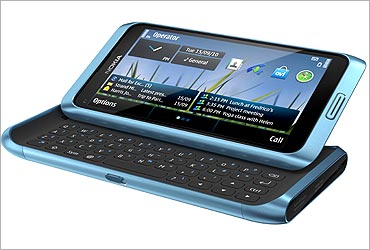
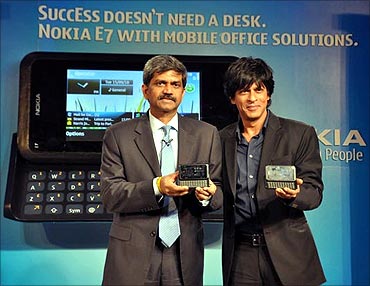
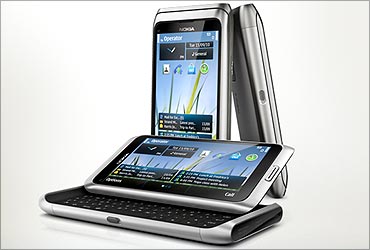
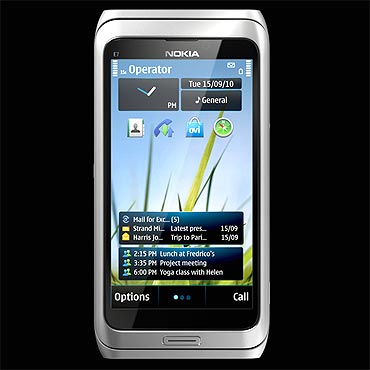

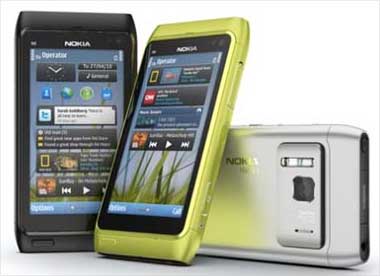




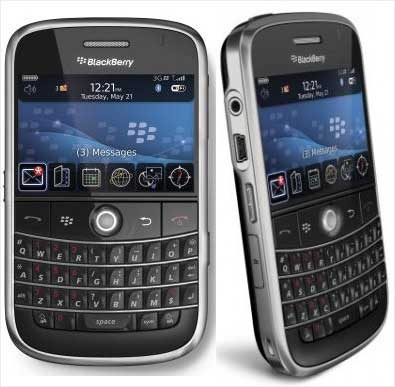

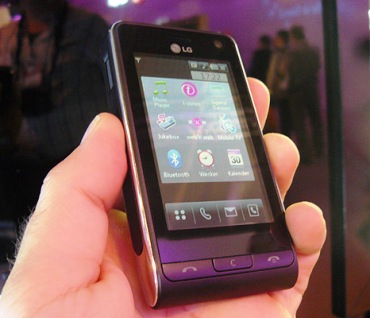
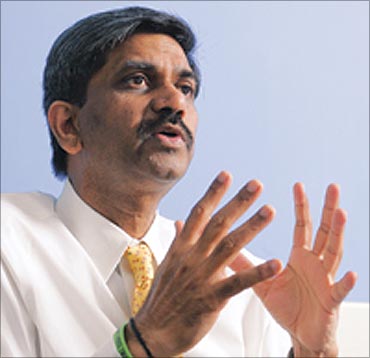

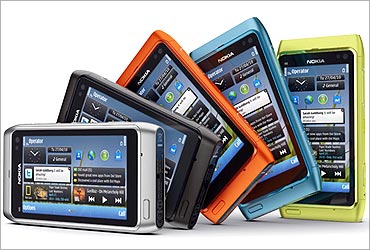
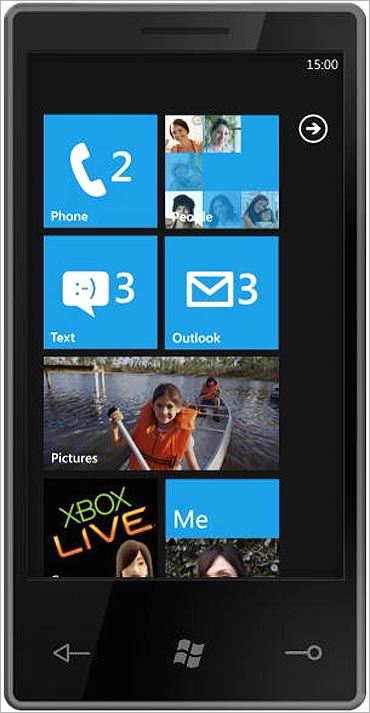
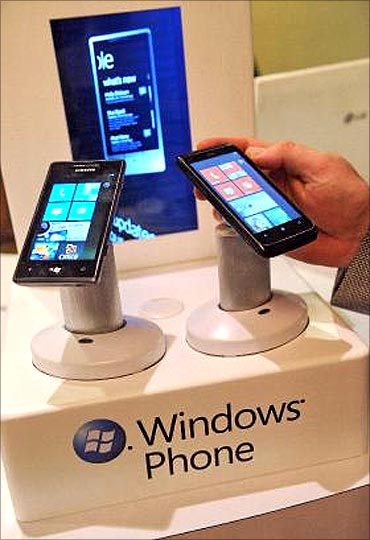
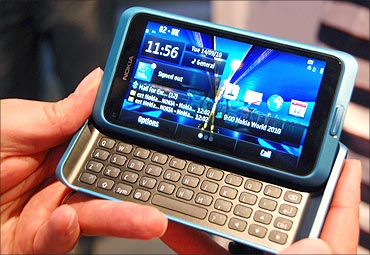

article